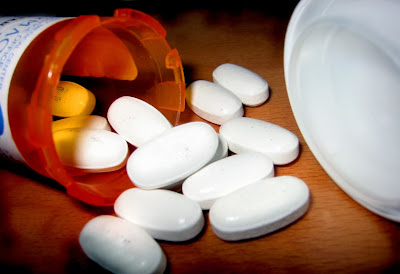Cravings are a normal part of giving up anything, they are unpleasant but they will happen particularly if you are withdrawing physically. Just because you are experiencing a craving it does not mean you have to act upon it. Therefore it is important that you are prepared for cravings and have a strategy for coping with them when they occur.
People use drugs in a wide range of situations many things are likely to be associated with drug use, these associations may trigger cravings. However cravings can occur not just for drugs or alcohol but any other addictive behaviour which provides us with instant gratification such as gambling, pornography, smoking and even sugar!
The idea of conditioned learning was highlighted in an experiment with Pavlov's dogs. Pavlov rang a bell every time food
was given to the dogs, after a while ringing the bell alone would make the dogs mouth water. Cravings can be similar, in the same way as a particular song may make you think of a person, particular situations will make you think of your addiction. If you keep ringing the bell, but not producing food, the dog's mouth will stop watering when the bell rings.
There is a time limited nature for cravings; they usually peak and disappear in an hour or under, if not followed by drug use or activating your addiction. After a while the cravings will come less frequently and will become easier to manage, until they stop. So each craving you do not give into brings you closer to no cravings at all.
Experiencing Cravings
For some you may be experience constant cravings, it may be cognitive and you can't get it out of your head, for others physical, or even emotional, distressing thoughts can make you get nervous. Cravings will vary depending on the individual and the addiction.
For some people it's a big problem, others deny it, you may find that you have just ignored cravings and then found yourself being impulsive and indulged in your addiction.
It is important to be aware of what triggers, places, events, people or emotions produce cravings as these may be high risk situations that you need to avoid.
Dealing with Late Night Cravings: 5 Keys
This will help you to recognise cravings for what they are, avoid high risk situations, triggers and cope with cravings rather than act on them.
1. Distraction Techniques: Do some exercises, housework, find a hobby, go to events, call or visit a friend, play computer games, go for a walk, have a tea of coffee, cook a meal, do something nice for someone else, watch a good film. Find something you enjoy that will distract you.
2. Talk About It. Have a conversation with a friend, relative or professional who supports you giving up and changing your additive behaviour. They can help you find alternative coping strategies or maybe resolve some of the issues which trigger you emotionally.
3. Go With The Craving: Get an image of surfing a wave. The idea is to let the craving occur, peak and pass. The idea is not to make it disappear, but to experience it in a different way, which makes it less dangerous. Relax and focus on the experience, focus on how it feels, where it is, how strong it is, if it moves or changes. When it's over rate how intense it was before and after on a scale of 1- 10.
4. Remember The Negative Consequences:List on an index card the reasons why you want to stop using and the negative consequences of starting again/carrying on. Keep the card in your purse/wallet and read it when the craving starts. Add things to the card as you think of them, or as things change.
5. Positive Self Talk: Saying positive things to yourself can be a simple way of keeping your sense of control over the cravings. It is helpful if you already have the statements prepared in your head so that you can call upon it when the cravings are strong. Some examples are: I can cope with this, it will pass soon. I am stronger than this craving; I'm going to prove it.There is no craving that is more important than all my hard work, I'll beat this. I've done it before, I can do it again.





.jpg)

